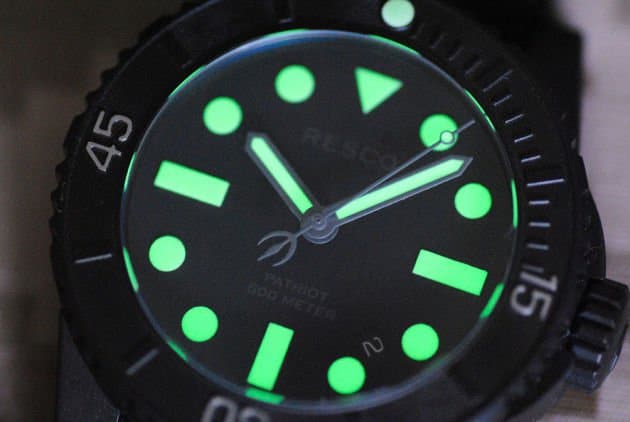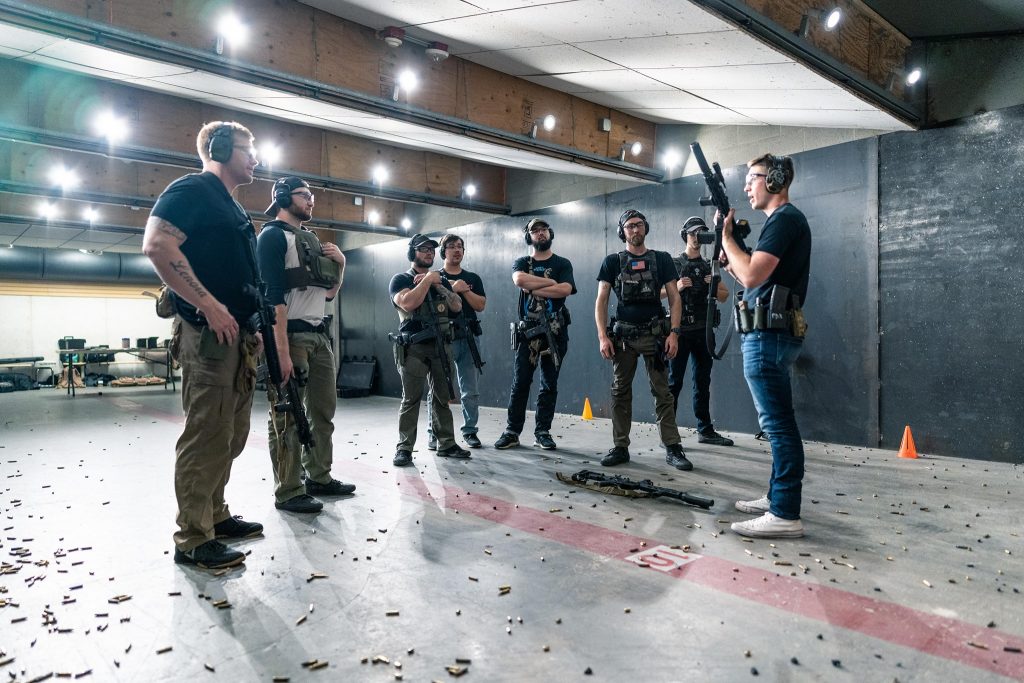
Slow is smooth, and smooth is fast. That little motto, phrase, or whatever has been kicking around for decades. I first heard it when it came to room clearing, but that never made sense to me because we were pressed to move fast and keep the momentum. I had not thought about it for a long time until I joined some firearms groups on Facebook. It seemingly pops up everywhere in these low-information groups, and this got me thinking, is slow smooth, and is smooth fast?
The idea behind the phrase is that doing something well is faster and more effective than using speed for speed’s sake. A slightly slower draw is better than fumbling a fast draw. That’s the idea, and it seems sound. However, I’ve been thinking about all the times I’ve made gains in my firearm’s proficiency, and I don’t think I was ever going slow, but to be fair, I wasn’t always smooth either.

I certainly used to believe in that old motto, then I purchased a shot timer. I learned that what feels fast and what is fast are two different things.
Is Smooth Fast? Is Slow Smooth?
The saying, slow is smooth, and smooth is fast, is just one take on a number of ways to say the same thing. Doc Holiday once said, “Take your time in a hurry” when asked how to win a fight.
Caesar used to say, “Hasten slowly,” These are both similar sayings, but are they accurate in the world of defensive or competitive gun usage? To a degree, I think they are, but I also think the saying has been watered down and used incorrectly to justify going slow.

Saying slow is smooth and smooth is fast because you suck at drawing your handgun is an easy excuse. Just because you start slow doesn’t mean you should remain slow. Believe it or not, when you start applying a time standard and trying to work against that standard, you likely won’t be quick.
That’s okay. If you are always smooth, you aren’t learning anything. Smoothness comes with repetition. You start by going fast and sloppy, and eventually, in training, you’ll get better. You’ll figure out your grip, you’ll get faster at finding your sights, and getting the cover garment high and out of the way.
Standards
Is smooth, fast? No, smooth isn’t fast, but fast done correctly becomes smooth. One of the big reasons a timer is so valuable for training is that you are constantly judged. When fast and sloppy eventually becomes fast and smooth, you can move to adjusting the time limit. Now you have to go faster, and going faster means you’ll be a little sloppy again.

Yet again, fast and sloppy will become fast and smooth when done otherwise correctly. The term progressive overload is one familiar to anyone who lifts weights. You’ll get stronger by lifting more weight. It will be harder, but eventually, it won’t be. The same goes for being fast. No weightlifter has ever said lightweight is heavyweight. That doesn’t mean slow is smooth and smooth is fast should be completely done away with. It should just be examined in the proper context.
Smooth Is Fast…In Context
When is it fast? When it comes to the time you spend training then, smooth is slow, and smooth is fast. If you do 100 dry fire strokes a day, you can either speed through them in five minutes, not paying attention to form, trigger press, or stance. Or you can take 15 minutes and ensure every trigger pull is perfect.
If you purchased an hour of range time and shoot all your ammo up in 20 minutes and achieved nothing, then maybe slowing down and following a training plan would make more sense. It’s not about slowing down your individual actions necessarily, but slowing down and ensuring you’re achieving something with your training.
I hate absolutes, and there can certainly be a time when slow individual actions apply. If you are a new shooter going slow is smart from a safety perspective. Having a mental checklist of how to properly clear a gun and walking through it isn’t a bad idea. Neither is a mental checklist of how to grip your gun or load it.

While it’s ‘slow’ against a timer, it’s likely fast for you as a new shooter. If you come to the table with zero experience, then slow and fast are relative.
Recently I tooled around with an ankle holster. I’ve never seriously used one, so I watched videos, read articles, and drawing and firing for me was quite slow. Although I didn’t try and stay slow and I began moving faster and admittedly got sloppier.
Starting fast and becoming smooth by moving correctly is much more efficient than going slow, and staying slow because it has more pleasant results or more accurate ones. Sure, you might suck at going fast at first, but if you keep practicing and training, your fast will become smooth.



